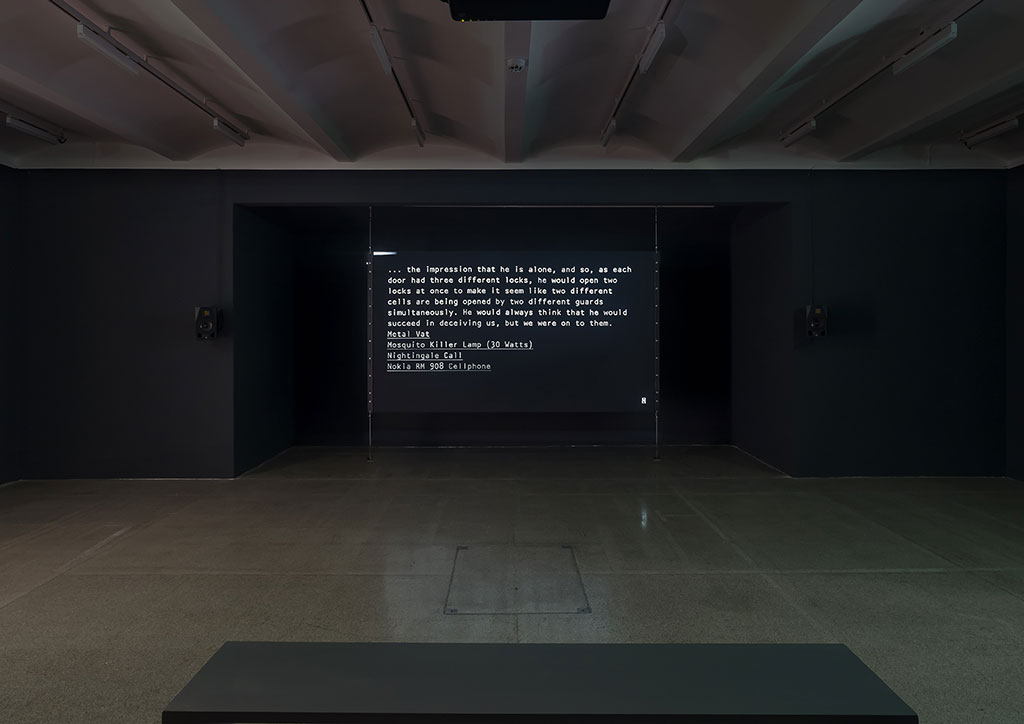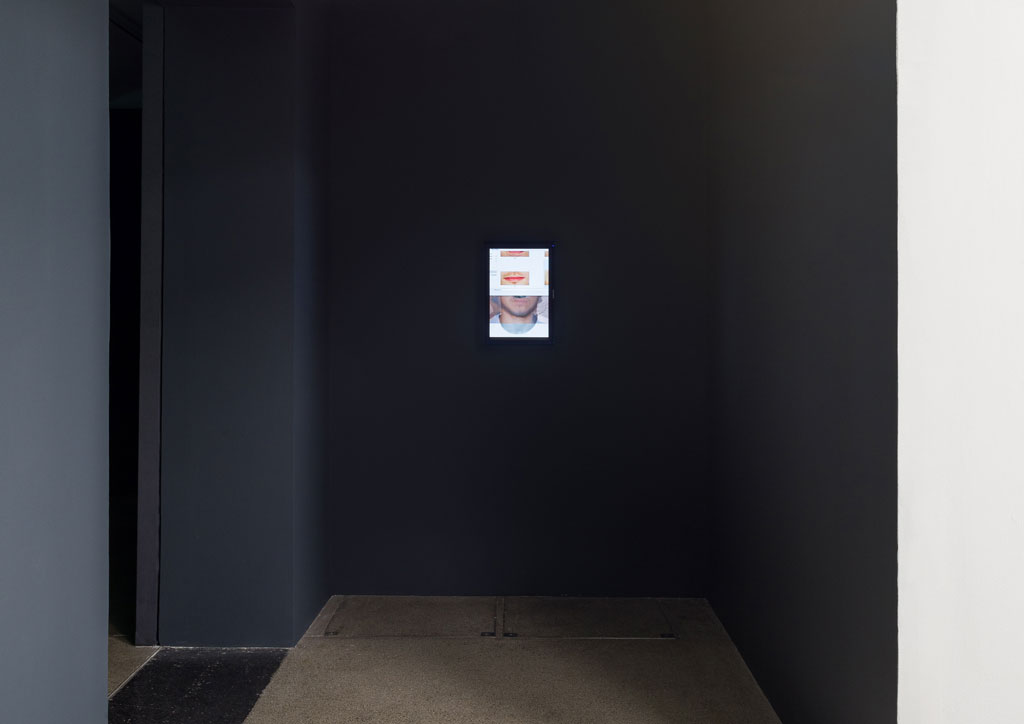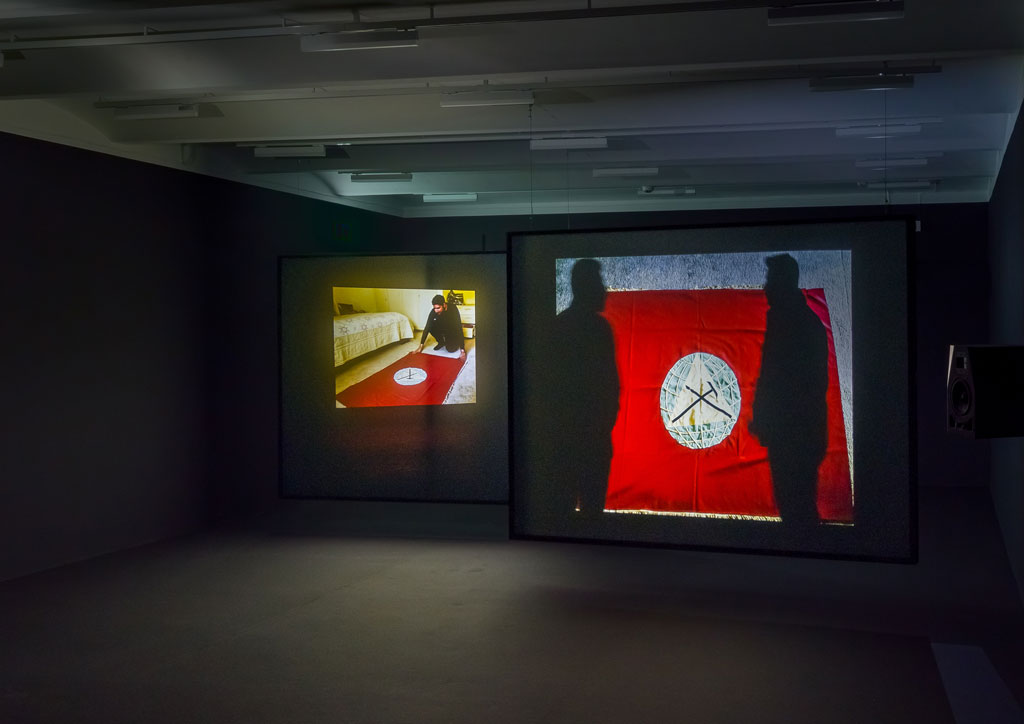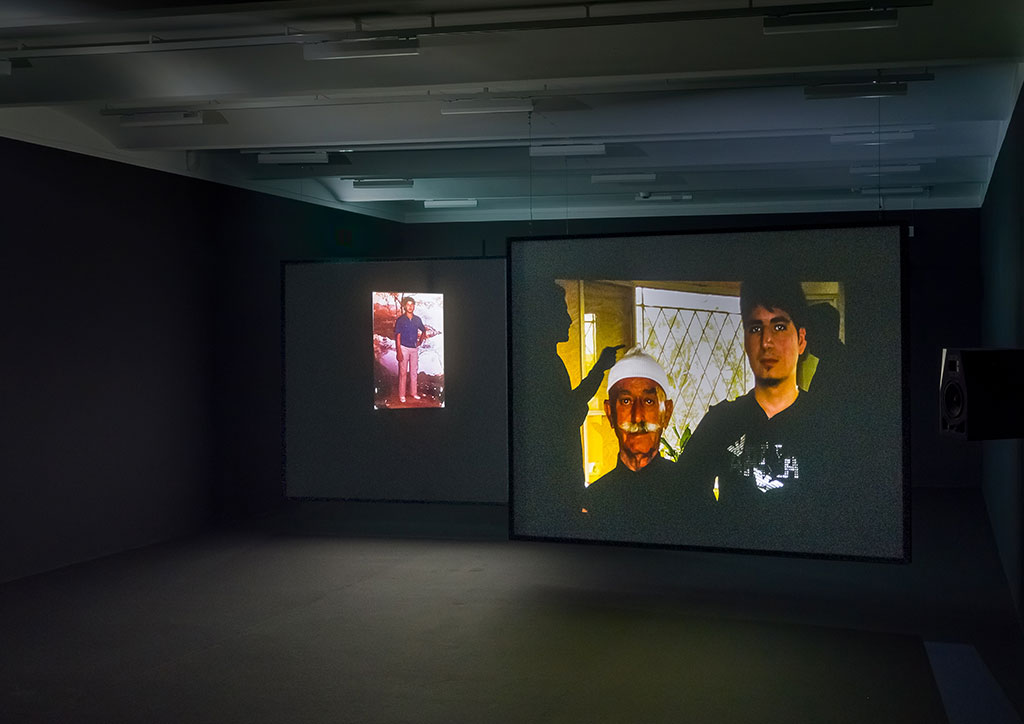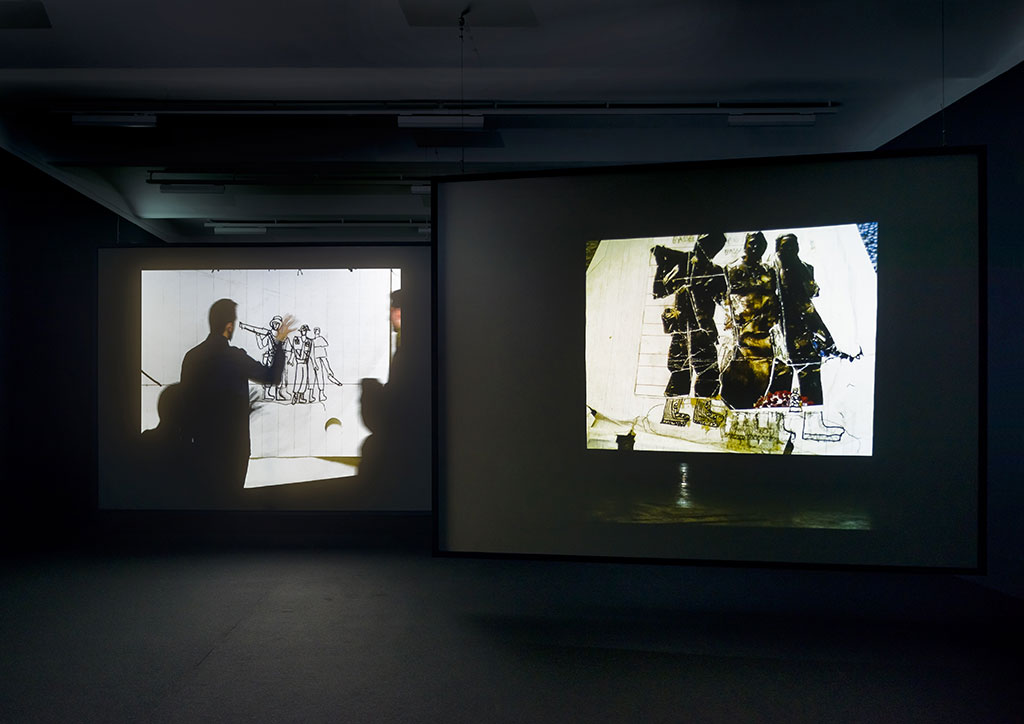ART CITIES:Vienna-Lawrence Abu Hamdan
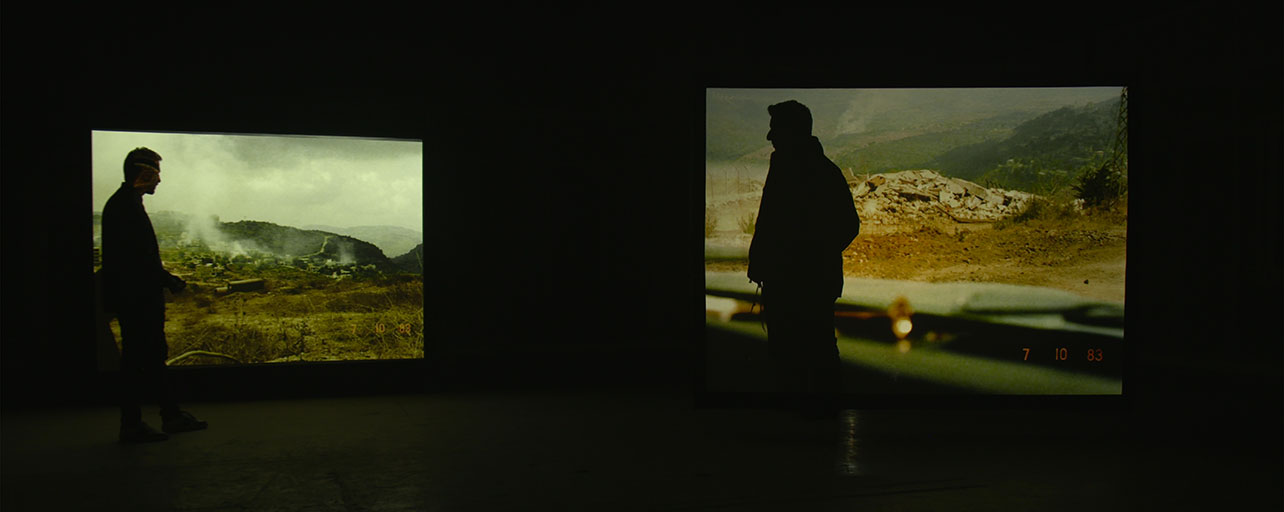 In both his art and his audio investigations, Lawrence Abu Hamdan grapples with sound, speech, memory, and the quest for truth in the context of today’s legal and humanitarian crises. A central concern that is woven through many of his works, including sound and video installations, objects, and research-based documentaries, is his engagement with questions around the relevance and critique of acoustic clues and the reports of earwitnesses as part of the gathering of evidence in legal proceedings.
In both his art and his audio investigations, Lawrence Abu Hamdan grapples with sound, speech, memory, and the quest for truth in the context of today’s legal and humanitarian crises. A central concern that is woven through many of his works, including sound and video installations, objects, and research-based documentaries, is his engagement with questions around the relevance and critique of acoustic clues and the reports of earwitnesses as part of the gathering of evidence in legal proceedings.
By Dimitris Lempesis
Photo: Secession Archive
In his exhibition “Green Coconuts and Other Inadmissible Evidence”, Lawrence Abu Hamdan takes these concerns a step further. He presents altogether four works from two series that probe questions related to the witness testimony. The display takes a stand for other forms of witnessing that break the juridical framework for eye- and earwitnesses’ statements and perhaps pose a more general challenge to our notions of law and justice, of truth and how it is established. The audiovisual installation “After SFX” (2018) developed out of an inquiry conducted in cooperation with Amnesty International and Forensic Architecture in 2016 into the Syrian torture prison Saydnaya. Abu Hamdan interviewed former inmates and worked with them to compile a sound archive of the prison that would allow for inferences concerning its architecture, the conditions of detention, the number of prisoners, etc. This project fundamentally changed his understanding of the complexity of memory and witnessing and gave him the conceptual tools that allowed him to make his subsequent body of work dealing with the testimony of reincarnated subjects. The first in this series is “Once Removed” (2019). The two-channel video installation shows the artist in conversation with the young historian Bassel Abi Chahine about the latter’s extensive archive. His obsessive analysis and unprecedented research into the Lebanese People Liberation Army (PLA)* and Progressive Socialist Party (PSP) from the Lebanese civil war* was done in pursuit of material to reconstitute flashbacks and unexplainable memories from a previous life. In his past incarnation, he was Yousef Fouad Al Jawhary, a soldier who died during a combat mission at the age of sixteen in 1984. Though Bassel has many memories of his life as Yousef, he has no sense of what he looked like. The related second piece, the video “A Speculative Portrait (for a boy who returned without his face)” (2020) illustrates an attempt at facial reconstruction: the production of an image based on a childhood photograph of what Al Jawhary might have looked like as a young adult. The technique is normally used to sketch the likely current appearance of people who have been missing for a long time. “For the Otherwise Unaccounted” (2020) is a series of prints from which Abu Hamdan drew on Dr. Ian Stevenson’s 1997 book “Reincarnation and Biology: The Etiology of Birthmarks”, a collection of cases from all over the world in which birthmarks correspond to the ways in which subjects died in their previous lives. The raised ink renderings of these birthmarks highlight the ways in which testimony is stored in the body of people for whom injustices and violence have otherwise escaped the historical record due to colonial subjugation, corruption, rural lawlessness and legal amnesty. The works in the exhibition propose a different perspective on the concepts of witnessing, evidence, and the production of truth, which requires a different kind of listening as well.
* Historically, the Druze in Lebanon managed to maintain for centuries a small, hardy community in the Chouf Mountains overlooking Beirut surrounded by a sea of potential enemies, both Christian and Muslim, and they have a reputation of being savage fighters known for their tenacious battle spirit. Their morale and brutal methods often convinced their opponents to flee. The People’s Liberation Army (PLA) was the military wing of the left-wing Druze Progressive Socialist Party (PSP), which fought in the Lebanese Civil War. The PSP and its militia were members of the Lebanese National Movement (LNM) from 1975 to 1982.
Photo: Lawrence Abu Hamdan, Once Removed, 2019, production still, Courtesy the artist
Info: Vienna Secession, Association of Visual Artists, Friedrichstraße 12, Vienna, Duration: 8/12/2020-7/2/2021, Days & Hours: tue-Sun 14:00-18:00, www.secession.at
